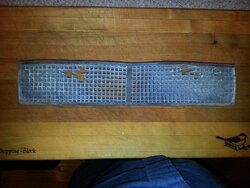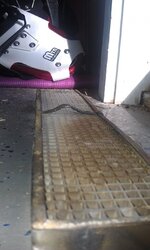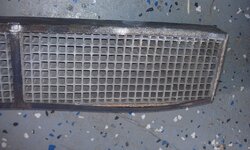grobinson2
Member
Okay, so last night was a long night. I am running the stove with the cat. Loaded it about as full, as I could get it with a mix of oak and birch. A piece or two is very very dry and about five years old and the rest was cut two years ago and split this year. I ran the stove up to 550 in bypass mode and then closed the damper with my primary air intake all the way open. Once my cat probe was up to 1000F I closed down the air. The cat went to 1650 in seconds and the stove top went to 600. I opened the bypass with my primary air still shutdown to drop my cat temp but the stove took off like a blast furnace in seconds and I was afraid of starting a chimney fire (I am running a 35 foot brick chimney without any liner that needs a liner and will get one this summer) so I closed the damper and watched the cat go back to 1600F again. This time I opened up my clean out door on the bottom of the chimney to kill my draft and I was able after two or three hours to get the cat temp down to 1300F. Even with the cat temps in that range the stove stayed at a nice 500F. This morning all was well and other then being a little tired the house was nice and warm and the stove was still at 300F (griddle temp) with lots of coals still glowing. I closed my clean-out port on the chimney, loaded the stove about half way with the same mix and let it get up to 500F at which time I closed the damper and went into cat mode. 400 to 800F cat temp went in about eight min but that was about it. I was able to get the cat temp up to 1K but was still getting smoke out the chimney. Any ideas?
Thanks,
Glenn
Thanks,
Glenn






